On Discrepant World-views and Problem Solving Efficacy
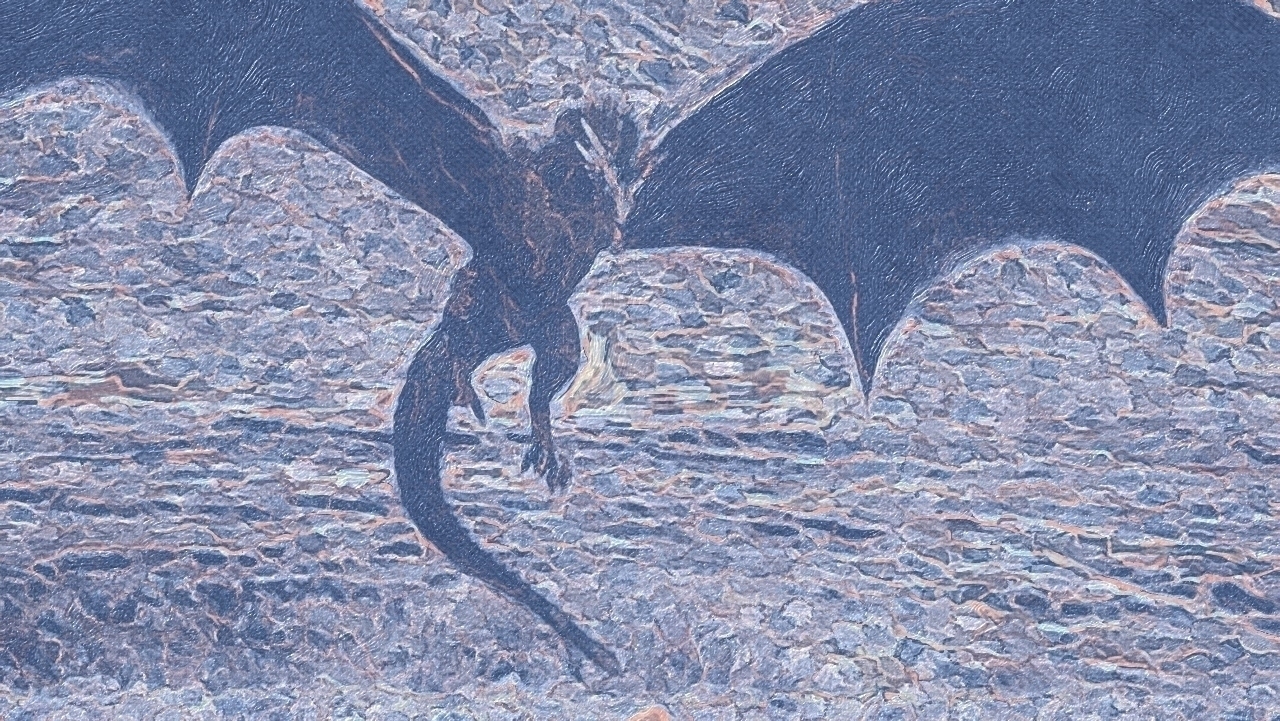
A brief note for short attention spans: stick around if you wanna see how I manage to seamlessly (and I do say so myself) tie together dragon mythology, weaving, and politics into one giant point about world-view diversity and problem solving efficacy (even got a Trumpian meme for y'all towards the bottom if that is more your bag).
I have always been fascinated by the common thread stretched about humanity that links up our narratives. The similitude with which humanity engineers itself by independent means.
Take dragons for example. Damn near everyone thought up dragons.

They thought ‘em up in Egypt, where Apep was the very embodiment of chaos.
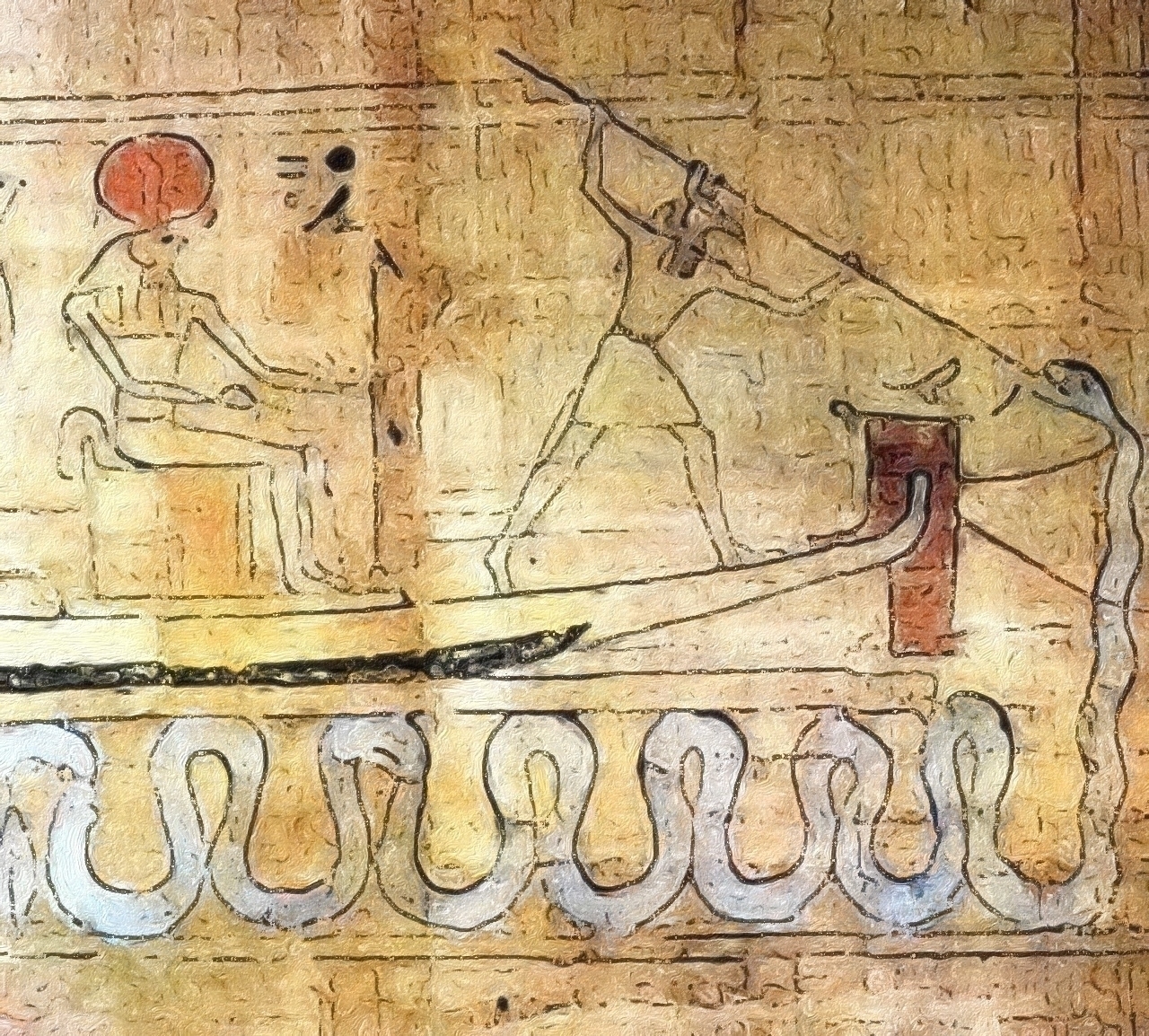
Egypt also thought up my personal favorite, Ouroboros, who was a manifestation of the snake god Mehen.
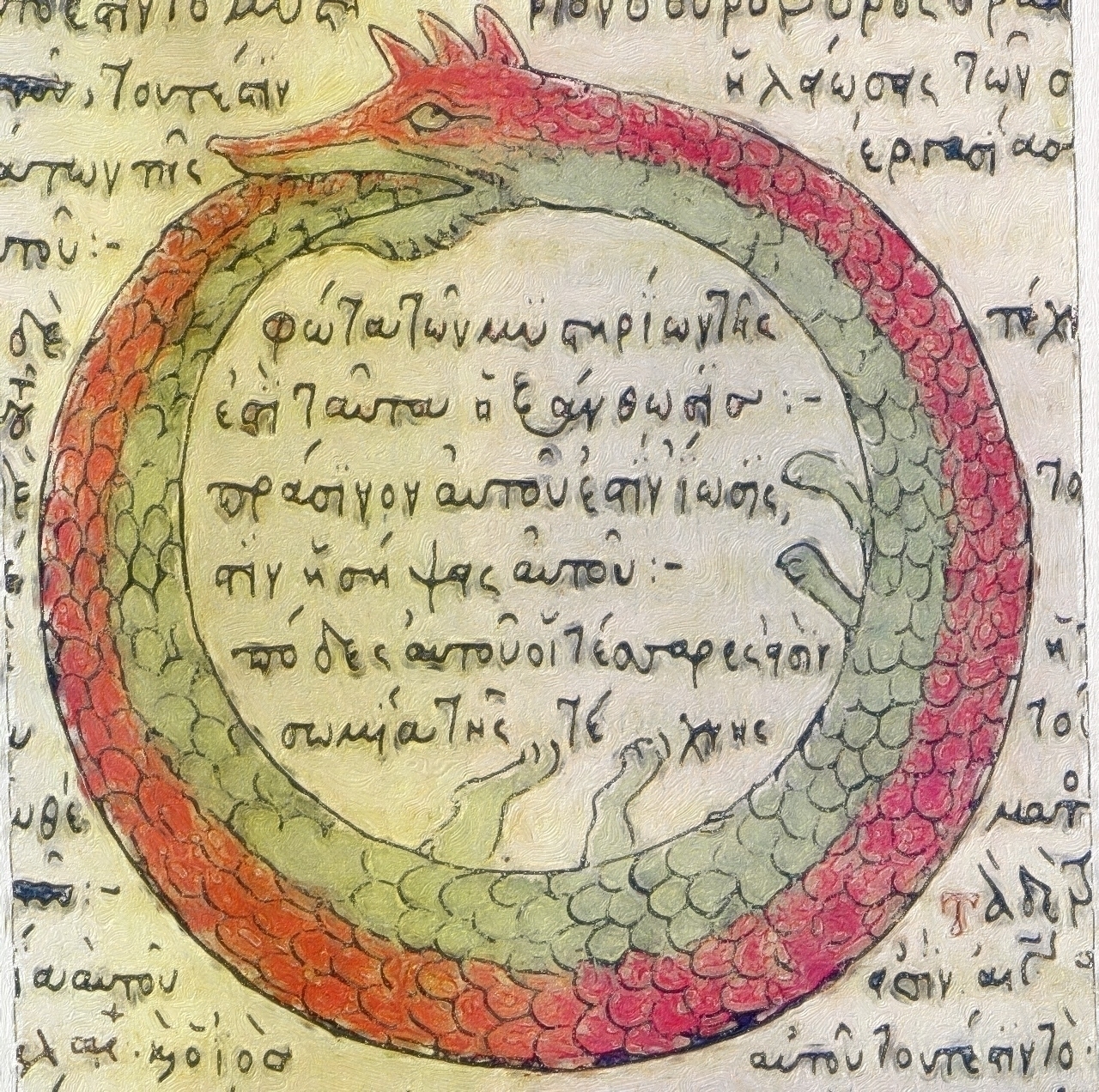
They thought ‘em up in Mother Russia where it would appear three really is a magic number. One would assume their mastery of weather and water source got ‘em the gig at the bow of this Russian Viking ship.
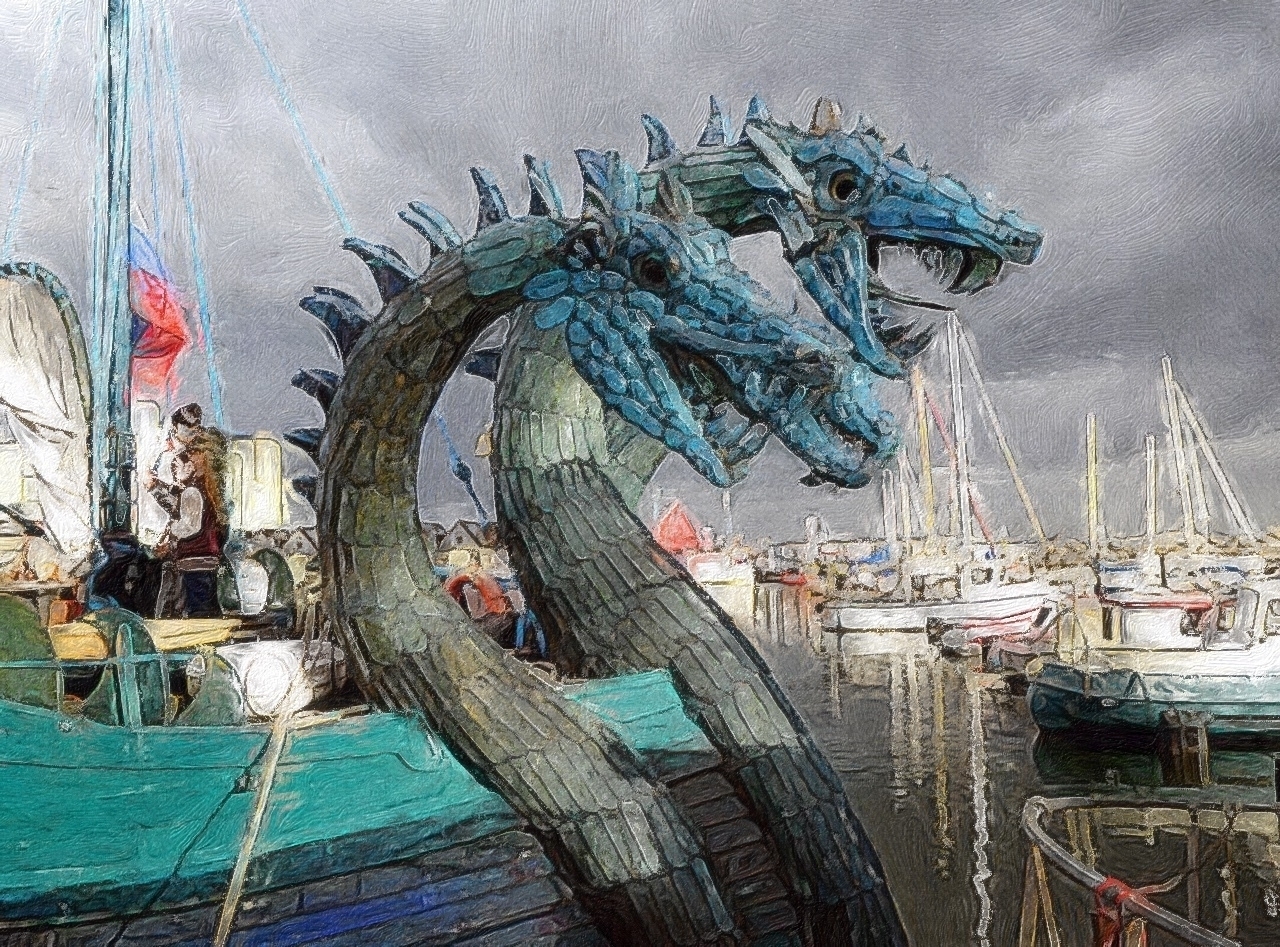
This handsome three-headed fella, who goes by Zmey Gorynych, is from Russian folklore. He liked taking human form and seducing him some laadiees.
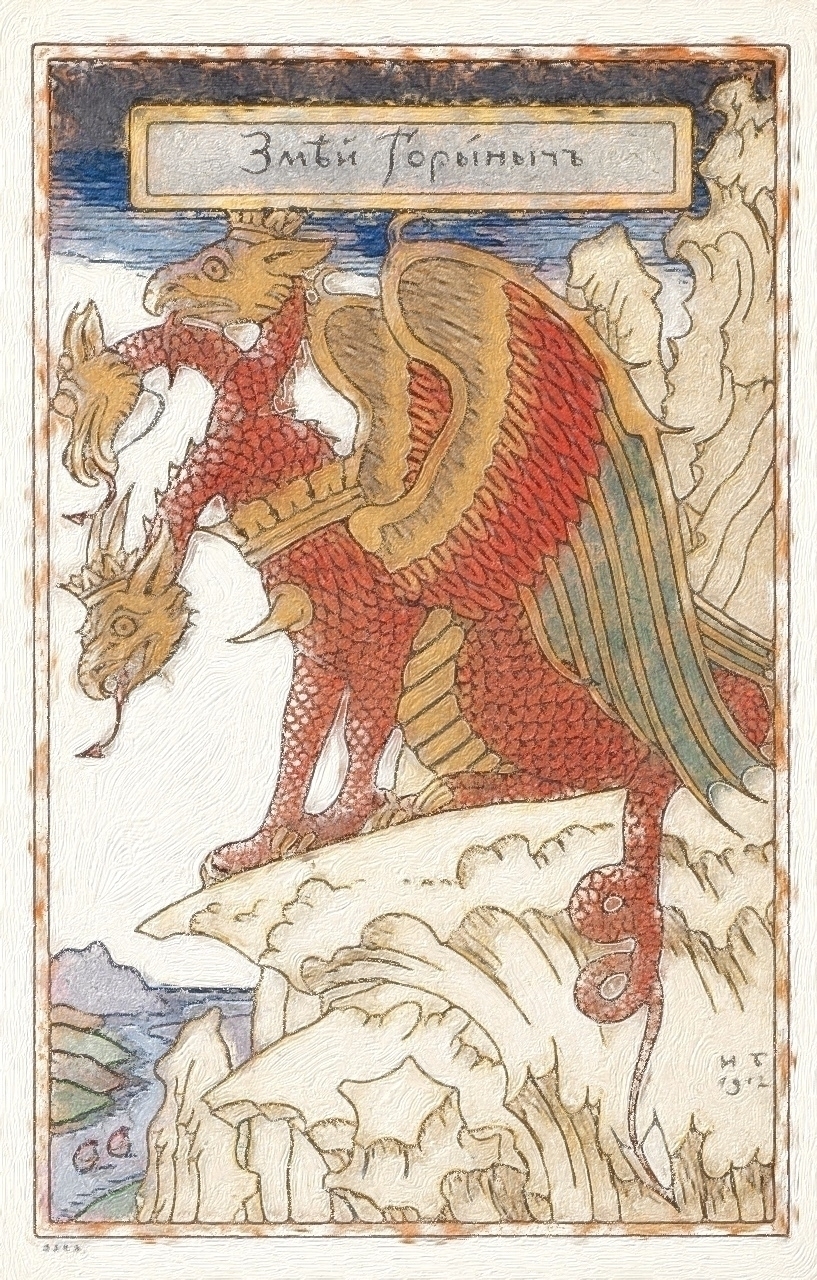
In Greece, dragons were hurling up namesakes. Here we see a depiction of Athena watching as the Colchian dragon, guardian of the Golden Fleece, disgorges Jason.
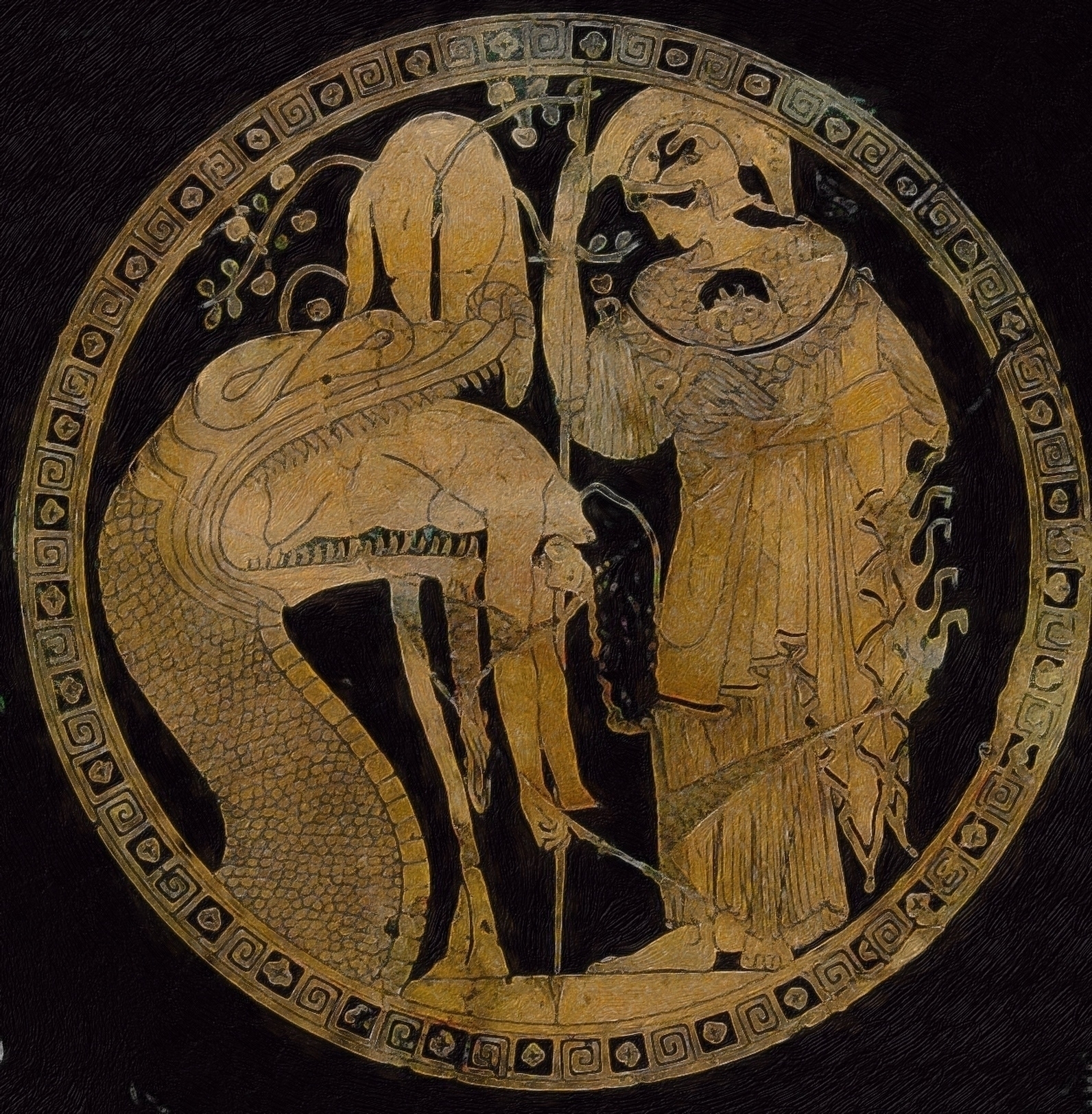
Greek dragons were also being raised solely for the purpose of slaying Heracles (pictured here failing miserably is the Lernaean Hydra).
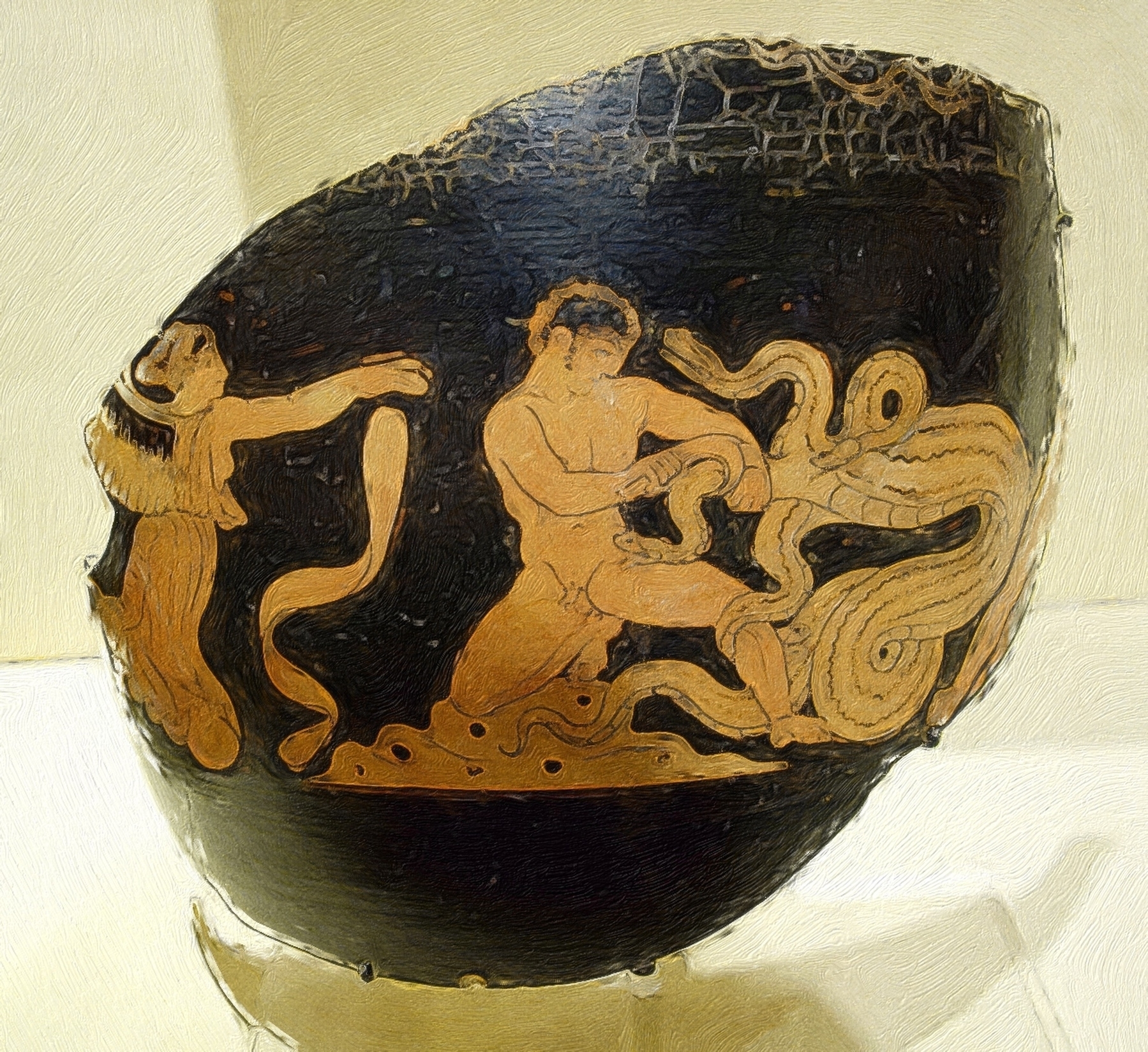
The Greeks also liked stickin‘ ‘em in mosaics, as with this depiction of a sea dragon or cetus.

In China, where dragons were thought to bring good luck to those worthy of such fortune, you’ll find them carved into walls. I mean … be kinda awkward not to find dragons at Nine-Dragon Wall … am I right?

The last imperial dynasty of China, the Qing dynasty, chose to stick one of the dragon gods, the Azure Dragon, on their flag.

It wouldn’t be long before the Chinese dragon would make its way to Japan, as evidenced by this Hokusai painting,
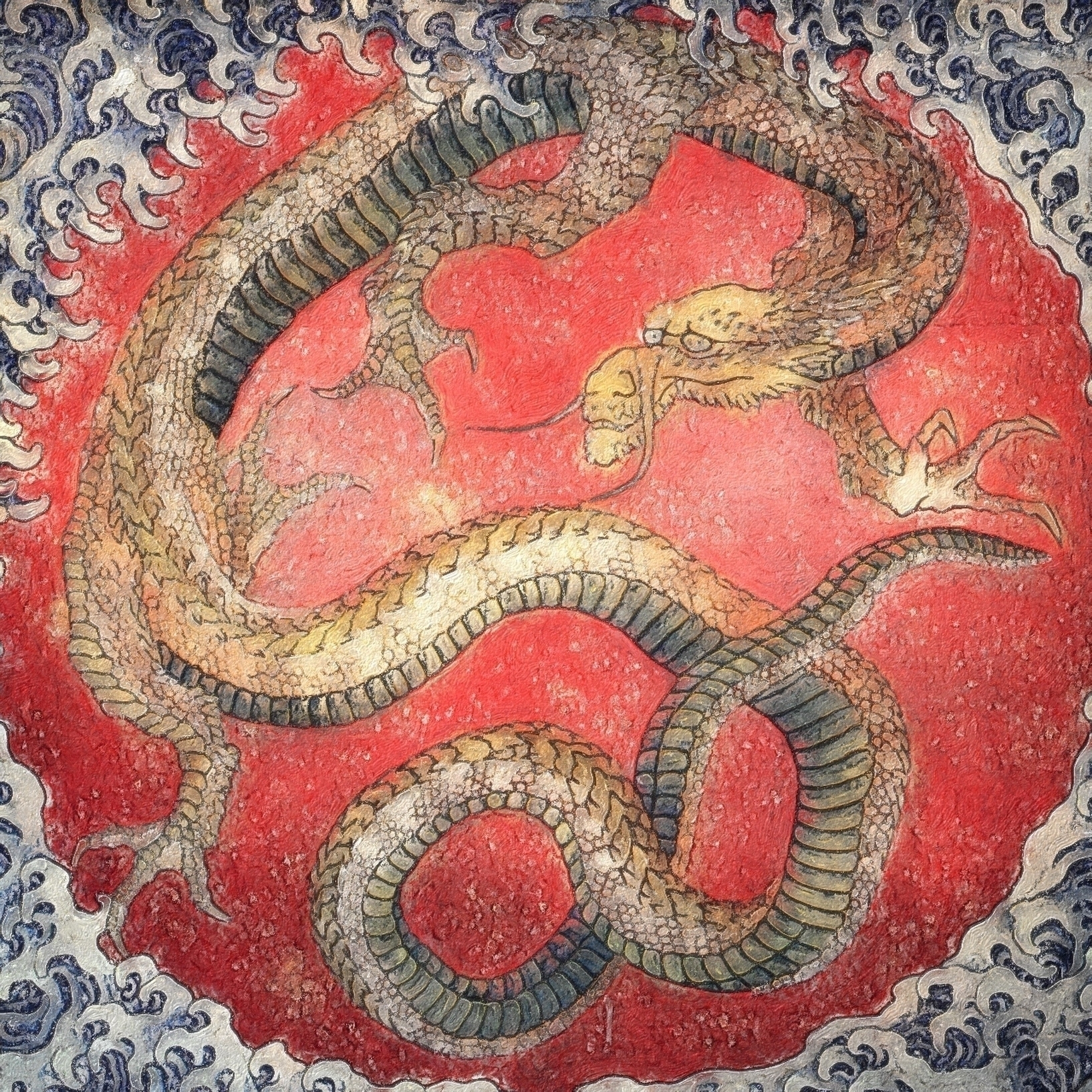
as well as to Korea, as evidenced by the murals found at the Goguryeo tombs.
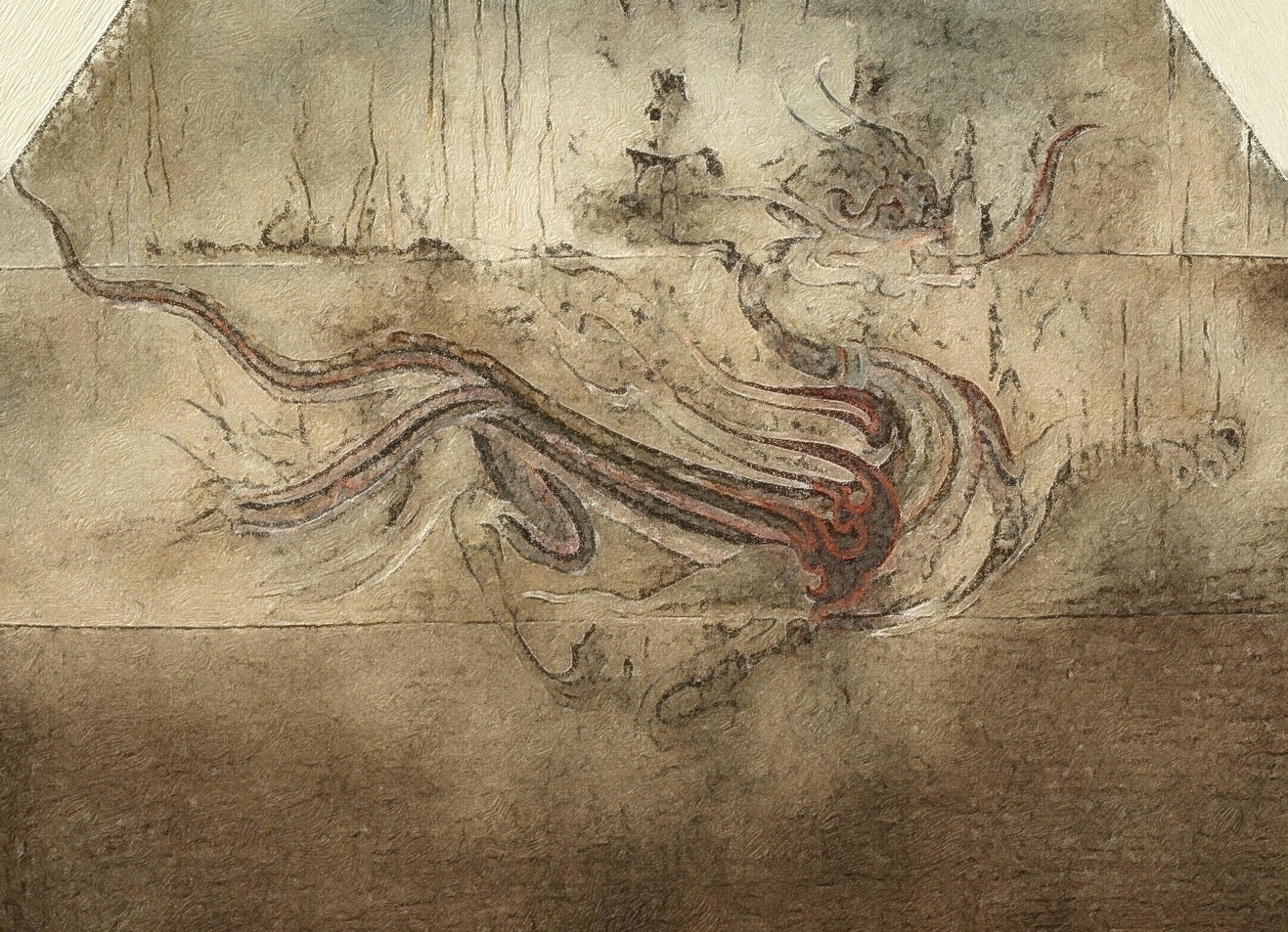
The first known portrayal of a fully modern, western dragon may be found within a medieval manuscript.
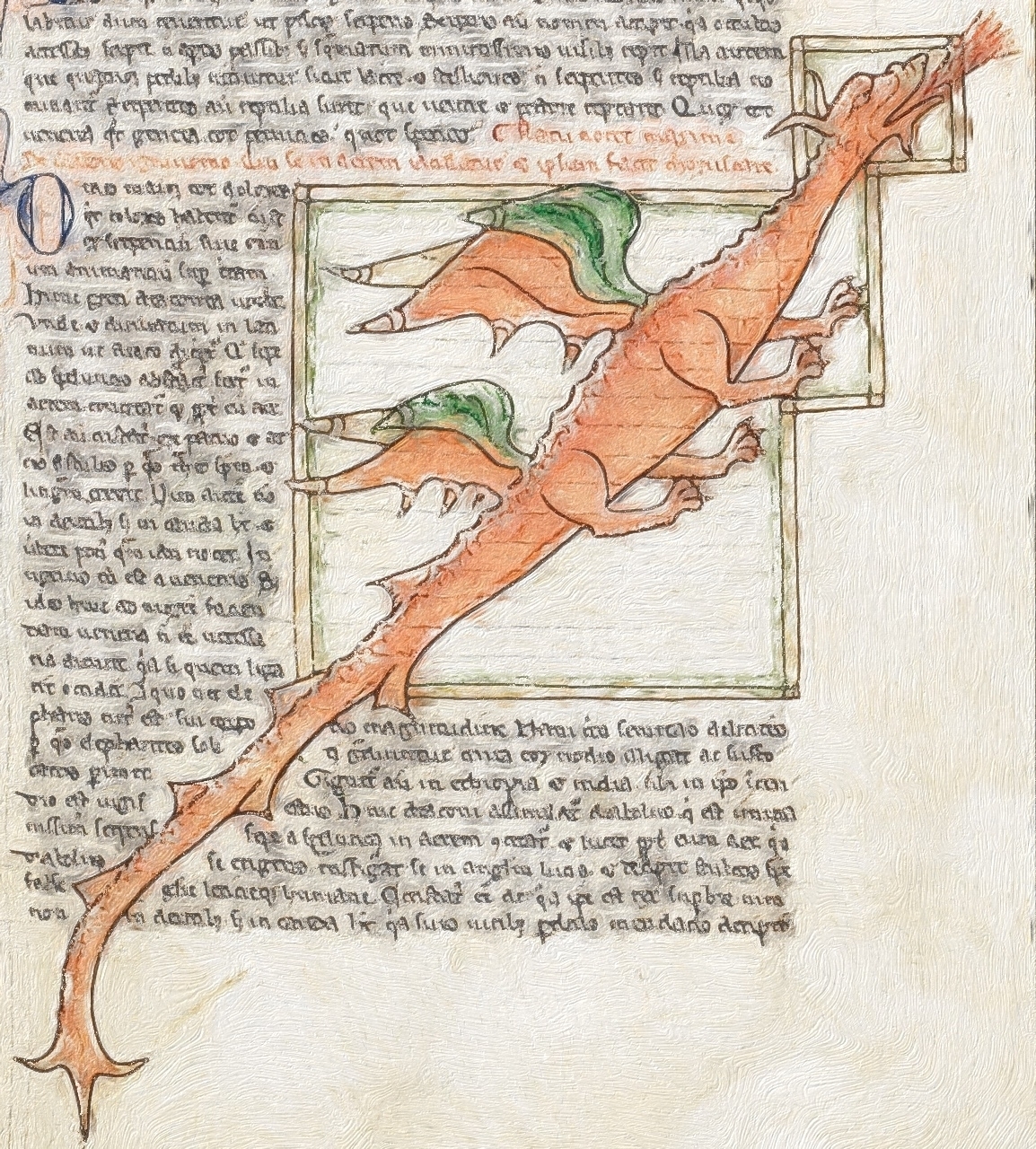
Native Americans painted dragons on bluffs. This fearsome piasa bird craved human flesh.
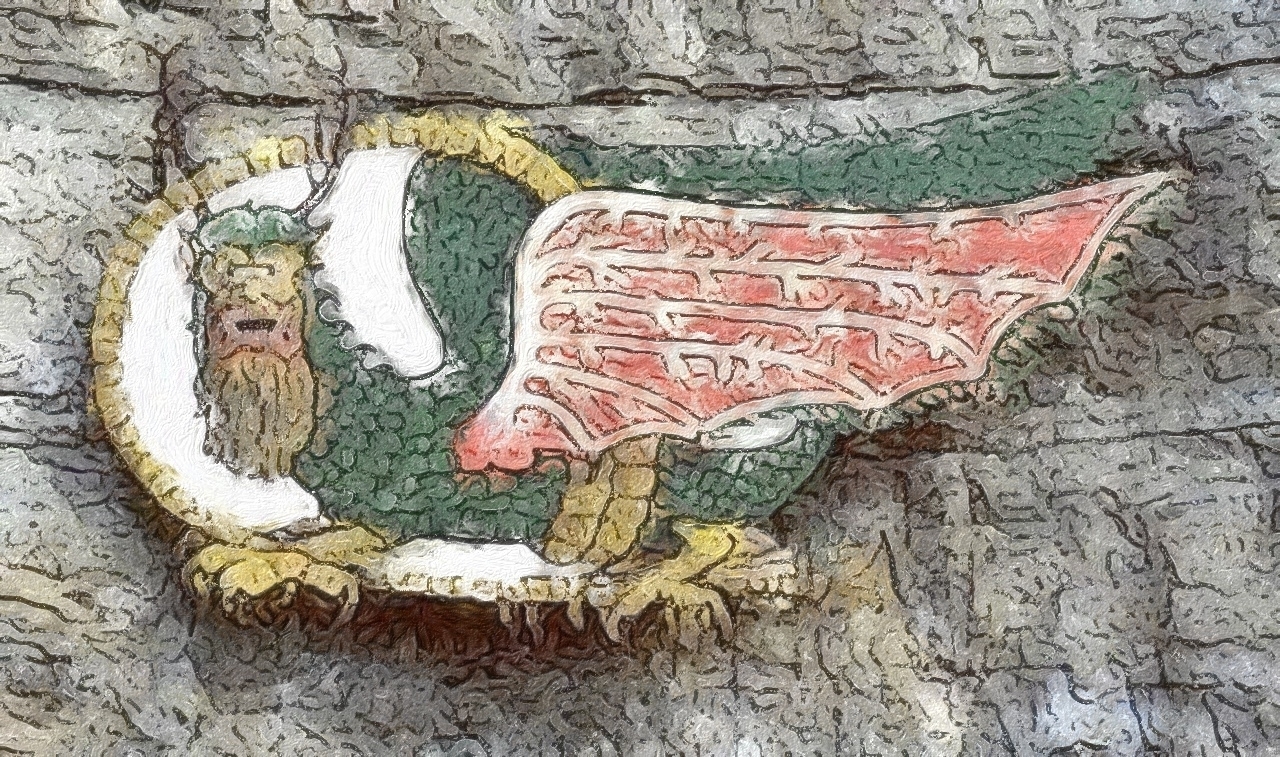
So what is the point of my little dragons of the world presentation? I believe it worth considering the discrepancies and commonalities amongst such cultural invention.
Let us begin with commonalities. The nearest I can tell, the single common thread among these narratives defines a dragon as a serpentine, legendary creature. Let me paint my point metaphorically.
We often speak of storytellers as though they were spinning yarn. It would not, then, be much of a stretch to reimagine them as weavers, and their creations as tapestries such as the two below.
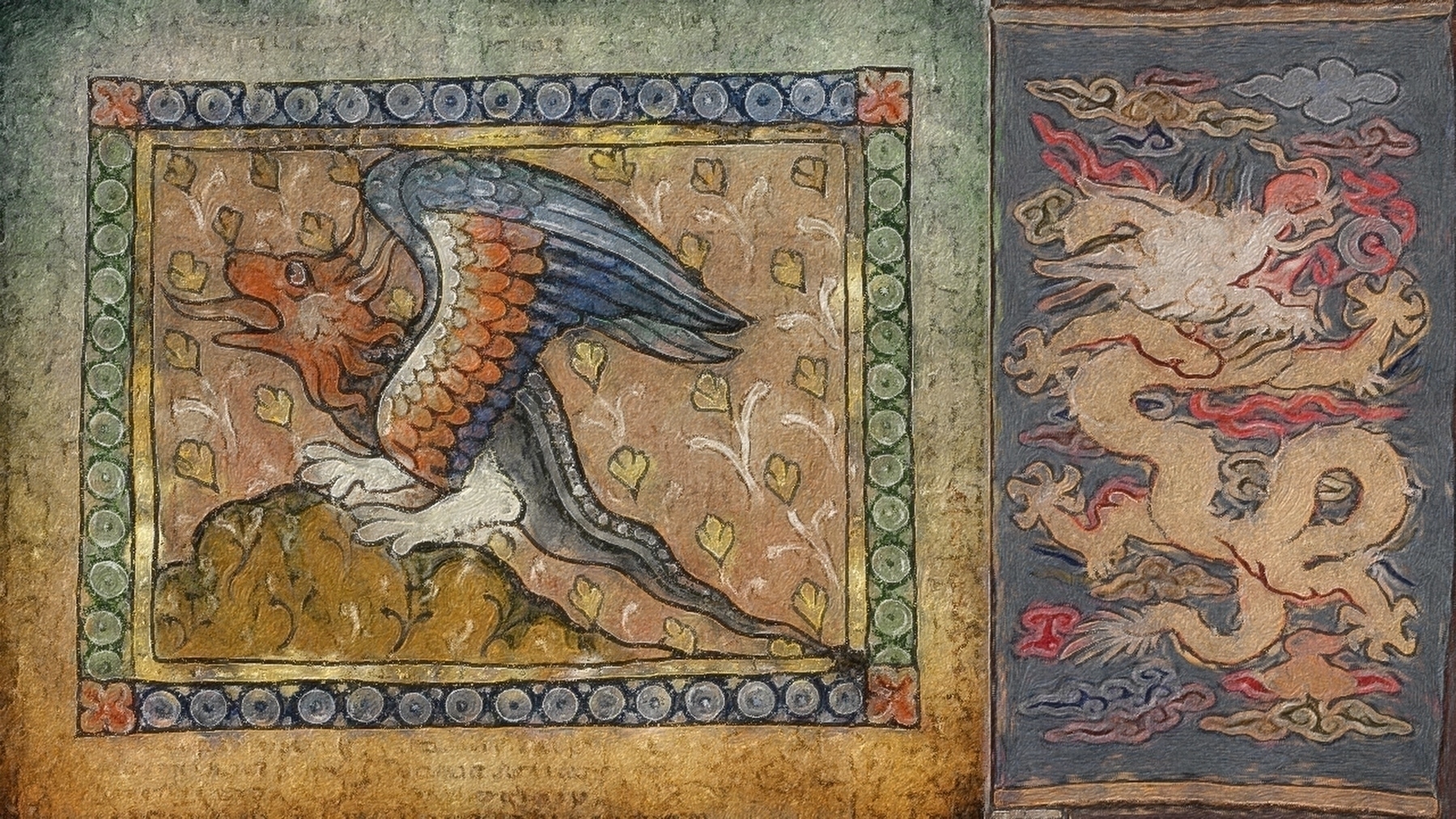
We might think of the universally common as the warp threads running through these tapestries. Something structural. Not the good stuff.

What they all saw the same way isn't really the interesting bit, is it? Seems to me the good stuff is what each culture thought of a little bit differently, the weft threads of the tapestries.
That which makes the Chinese dragon on the right something entirely different than the Celtic dragon on the left. Different … but no less beautiful … and the world is richer having known them both. Having known them both, what might one weave next?
Consider, then, what invention becomes possible with all things considered.

What might I be able to learn from someone with whom I share nothing but warp threads (were we each provided our very own babel fish … obviously).
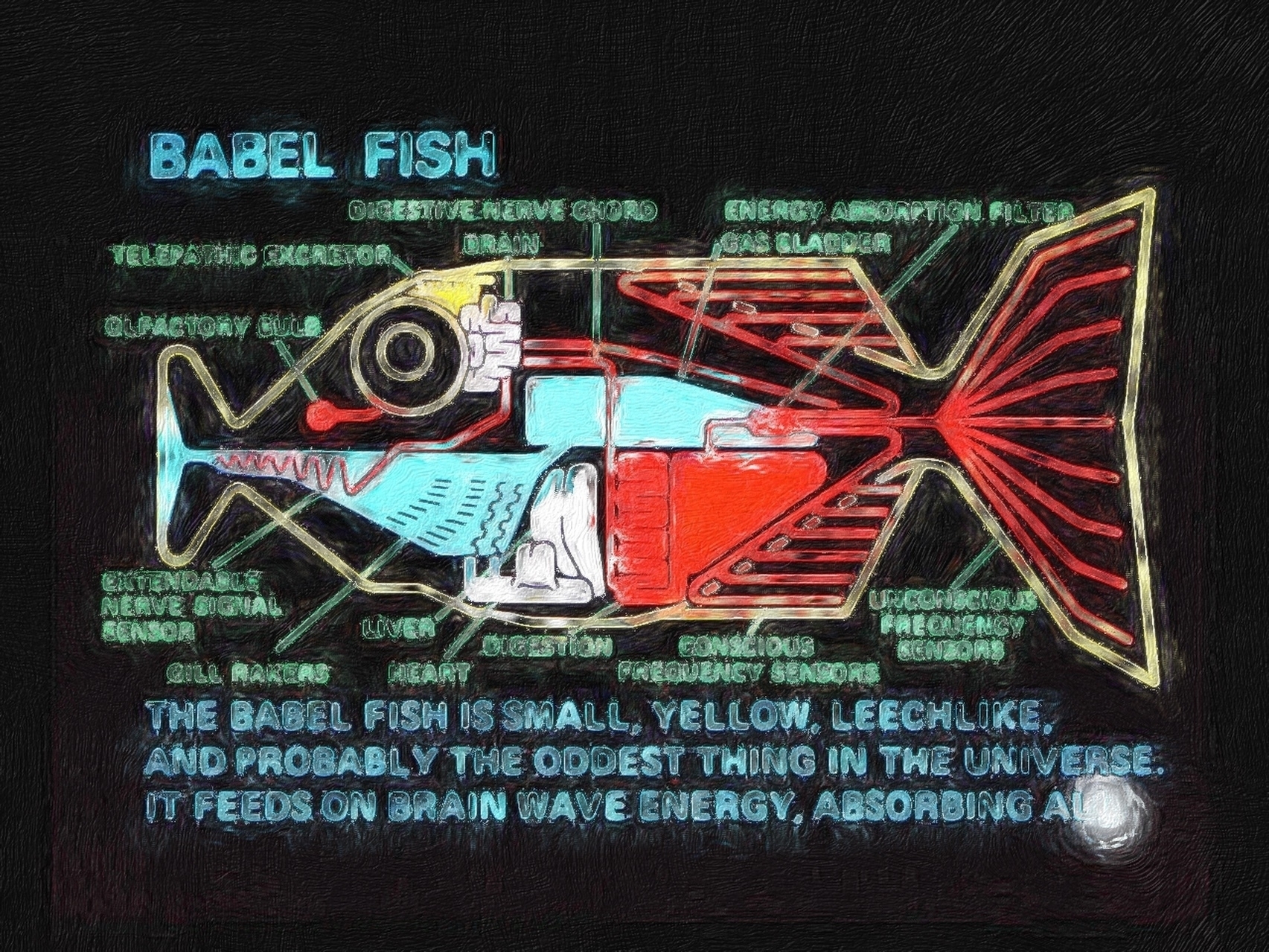
What might he learn from me? After we have finished feeding our fish and gone our separate ways, how might we be affected? What ingenuity might we have unlocked for future endeavors?
Not enough? Not yet convinced of the beneficiality of discrepant embrace? Another example, then.
What must this untouched Amazonian tribe have thought possible that they hadn’t only moments earlier?

I don’t want y’all thinkin’ I only value discrepancy. We value the shared human experience, that which binds us as a species … the things about our lives, about the human condition, one finds to be as true beneath the canopy as they are in my backyard.
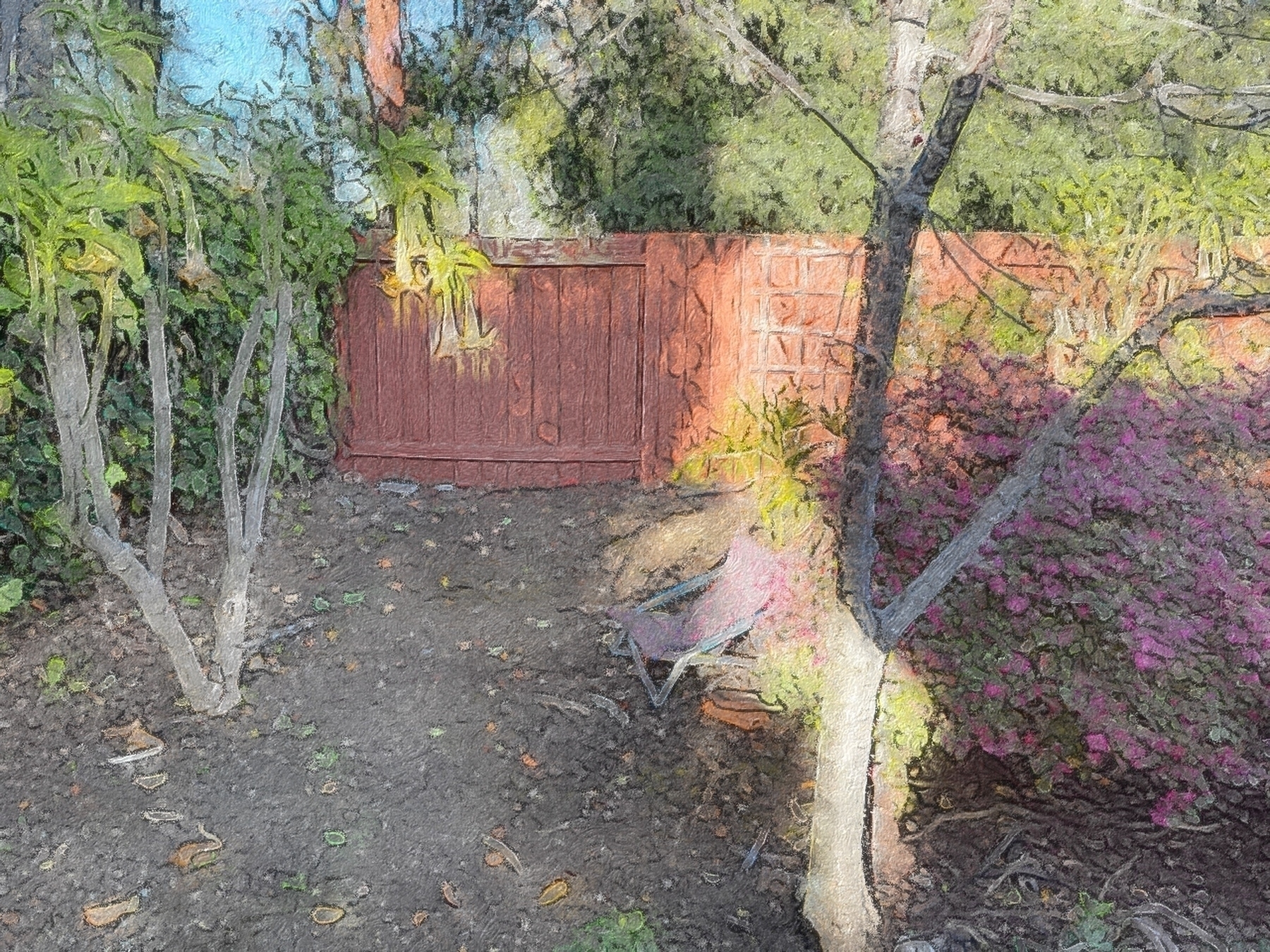
Without such warp threads we might find those outside the purview of our particular worldview entirely un-relatable. We might consider children one such thread. Entirely relatable.
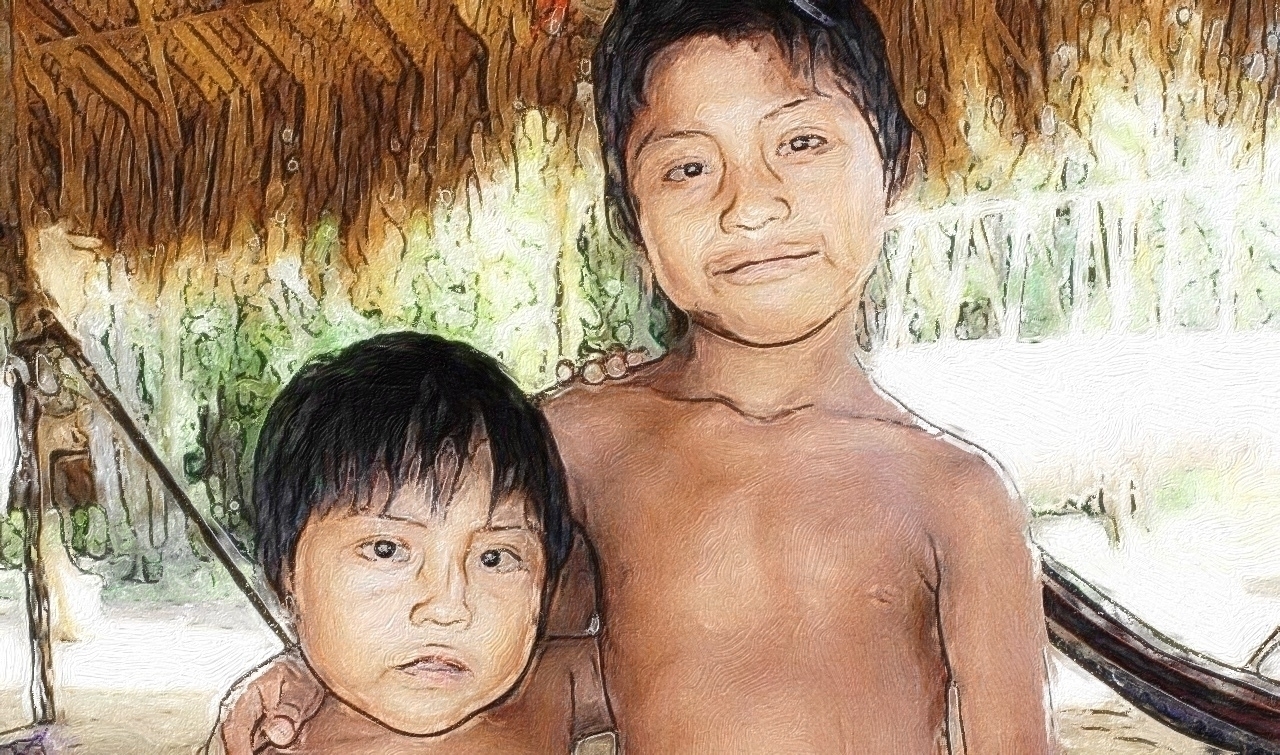
What I find to be most valuable, however, are those weft threads … the good stuff. The stuff that tells us not who we are, but who we might be … who we might become. It is the unique that drives us to want to try out something new … that has us saying, “huh, I never thought to do that,” or “I haven’t thought of it that way before.”
It is the unique that allows us to glance up at the sky and say to ourselves, “I never knew that was possible.”
Thinking about folklore and mythology in this way got me thinking about world-views, and the current political climate in our country.
When Trump was first impeached, I became deeply invested in the plight of our nation. If I was awake, the television was tuned to MSNBC and I was absorbing all of it. The reality rejectionist platform pushed by the GOP, the militia grooming, the election theft, the fascist coup, etc., etc. You all know the story.
The things is, I was getting there weeks, if not months, before anyone I was seeing on my television (or Twitter for that matter). I began wondering why. I mean … me … a guy with a political knowledge gap the size of those Texan power bills.
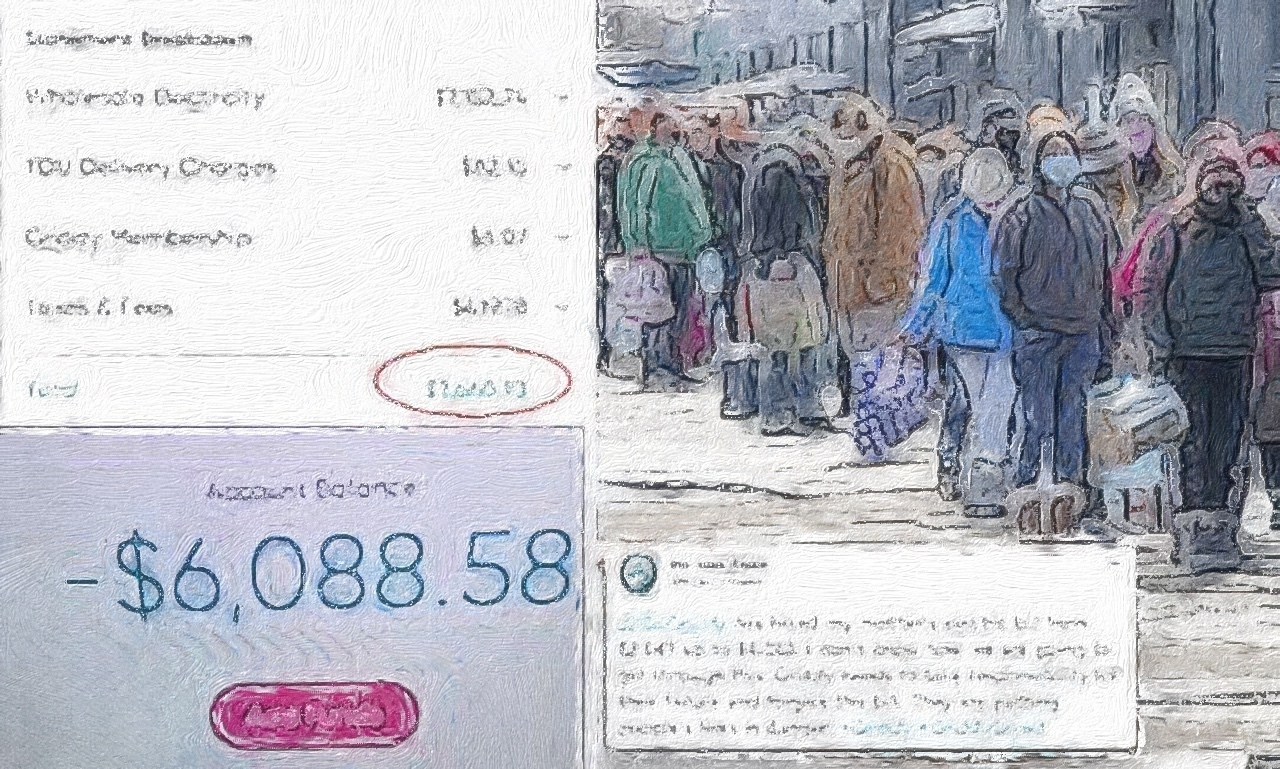
Then there seemed to come a moment at which point everyone caught up. Biden was declared victorious.

I was caught up in the jubilation
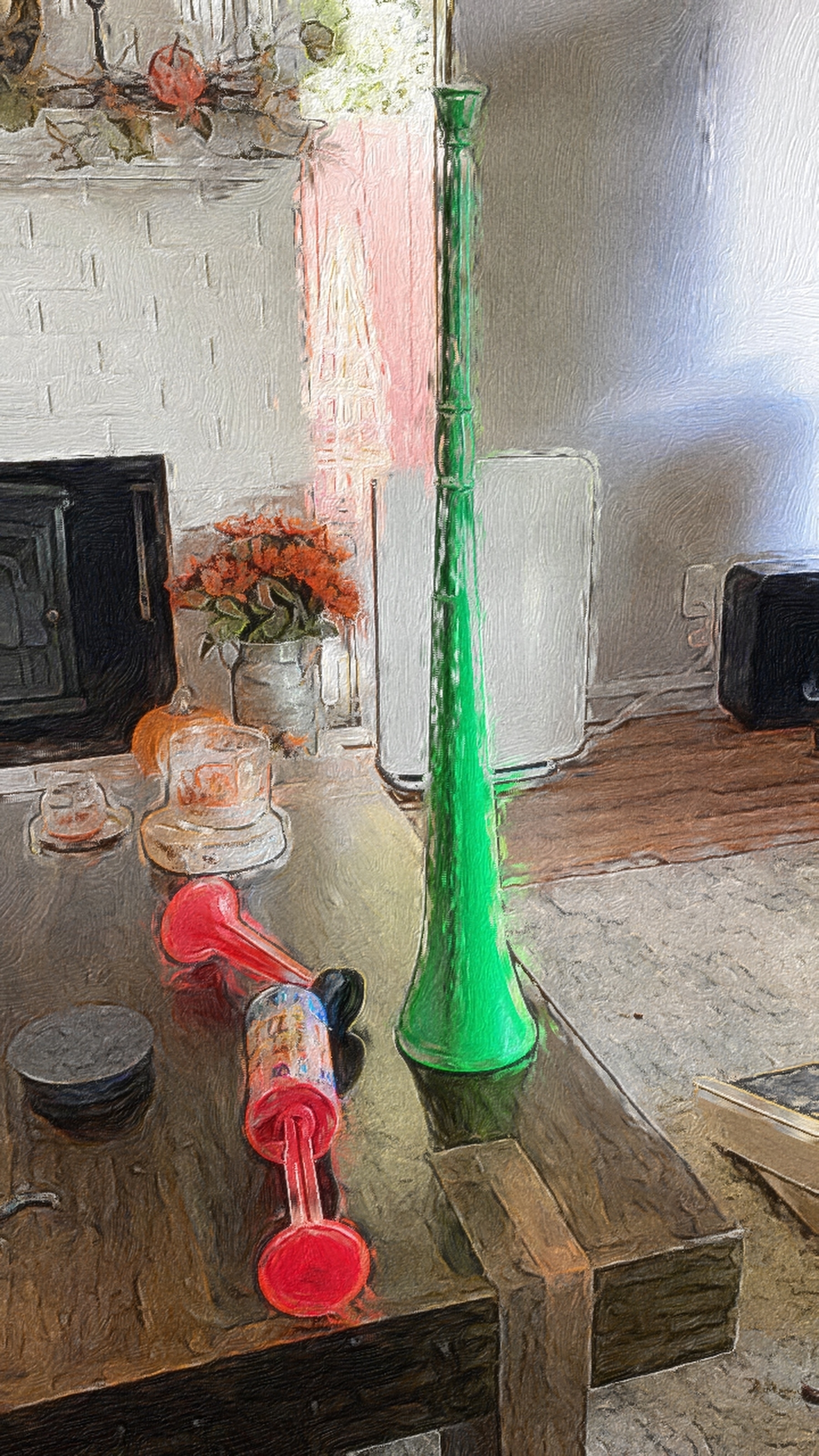
and felt as though, perhaps, the whole divergency irritant had been flushed.
It hadn’t been. Coinciding with the beginning of Trump’s second impeachment trial, even more so than before, my read diverged from any other I could find. Maximum dissidence was reached immediately following the Senate's vote to acquit, when Mitch stepped up to the podium and began speaking.
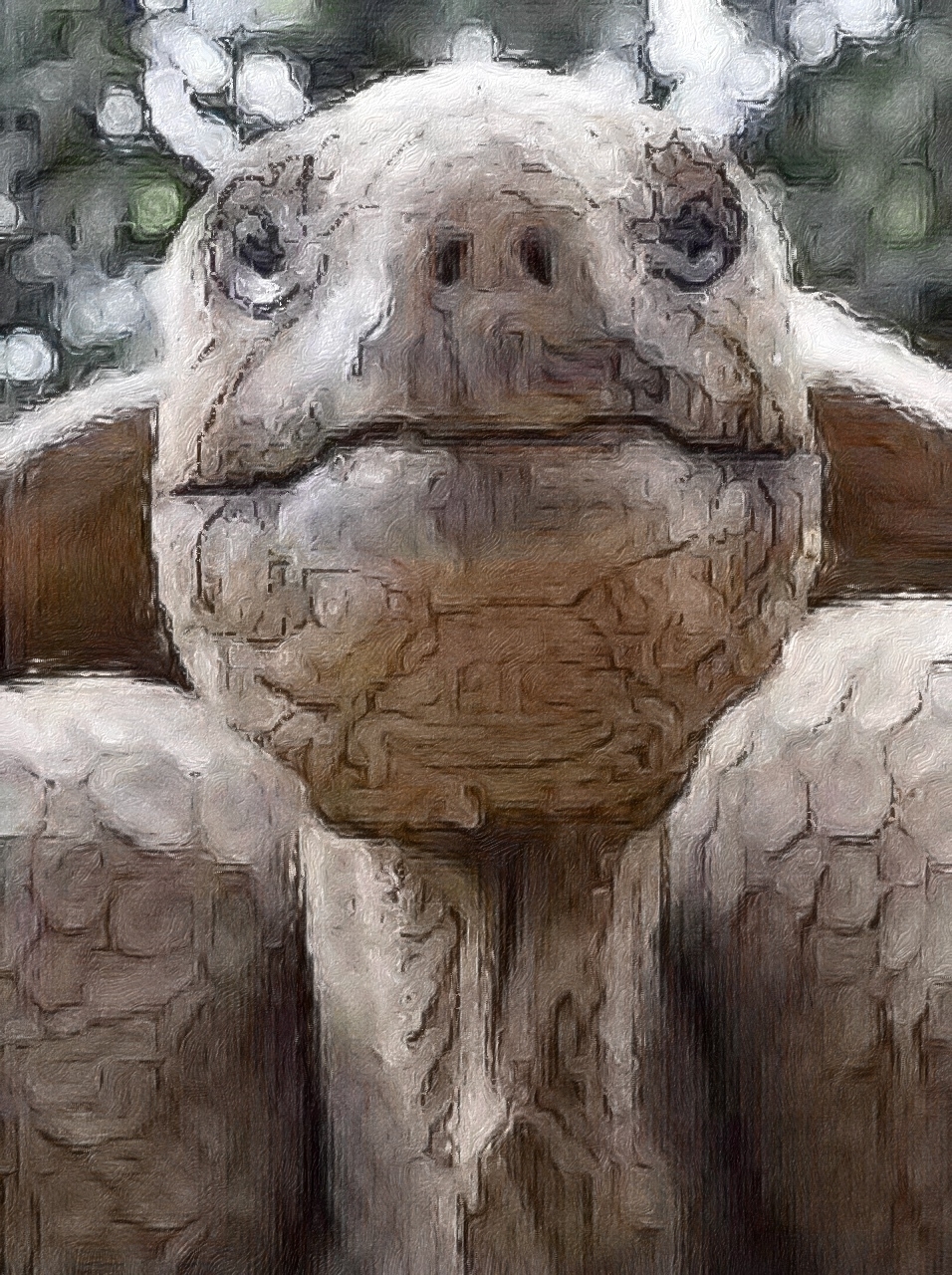
Wait … wait … that wasn’t Mitch.
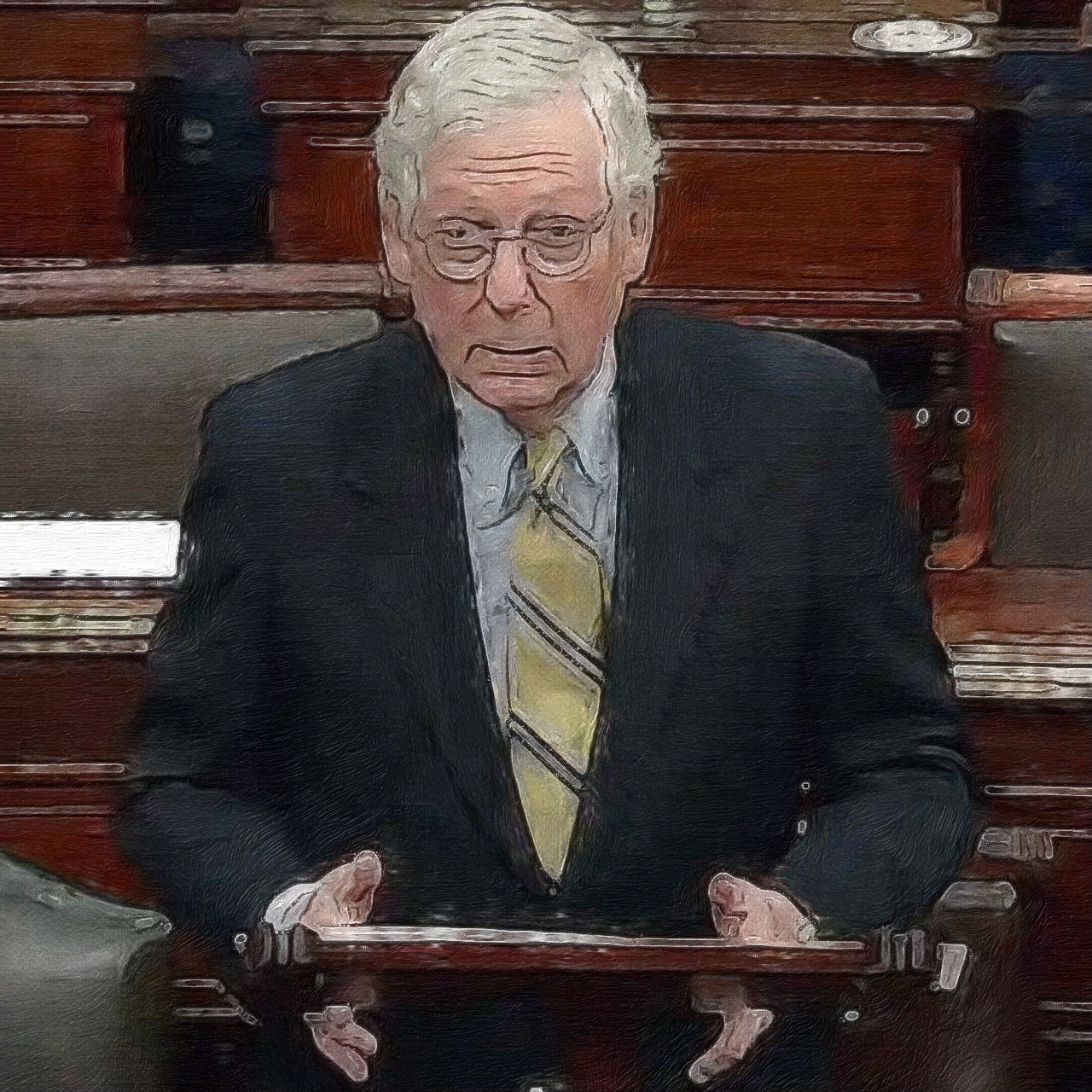
Okay, that’s Mitch. So Mitch got up there and did precisely what I feared he might … he pivoted away from a doomed reality rejectionist platform. My surprise was in how everyone else responded. I have yet to find anyone anywhere not surprised by Mitch that day.
“So what, then, is your point?” you ask. “It seems as though that vuvuzela isn’t all you’ve been blowing,” you say (in a rather accusatory tone I might add). Here is my point with regard to my power to prognosticate.
I have grown convinced that I have uncovered the force at play here. It is precisely that political knowledge gap which has turned me amateur prognosticator. Without the knowledge of political norms and precedents pressing into my mental map of possibility, my imagination would not be limited to what has come before. My expectations were unflappable when met with a world that no longer made sense, while so many clung to a pre-Trumpian set of expectations. They, consciously or subconsciously (mind is tricky that way), feared the unrecognizable now.
I want to return, briefly, to that Amazonian tribe, staring up at that plane. No doubt you had a similar reaction to my own upon seeing that image, postulating what magic they must invent to explain that which they have seen.
I want you to consider something that perhaps you wouldn’t have thought to consider. Let’s reimagine magic. What if Trump were piloting that plane? (Nailed it, right?)
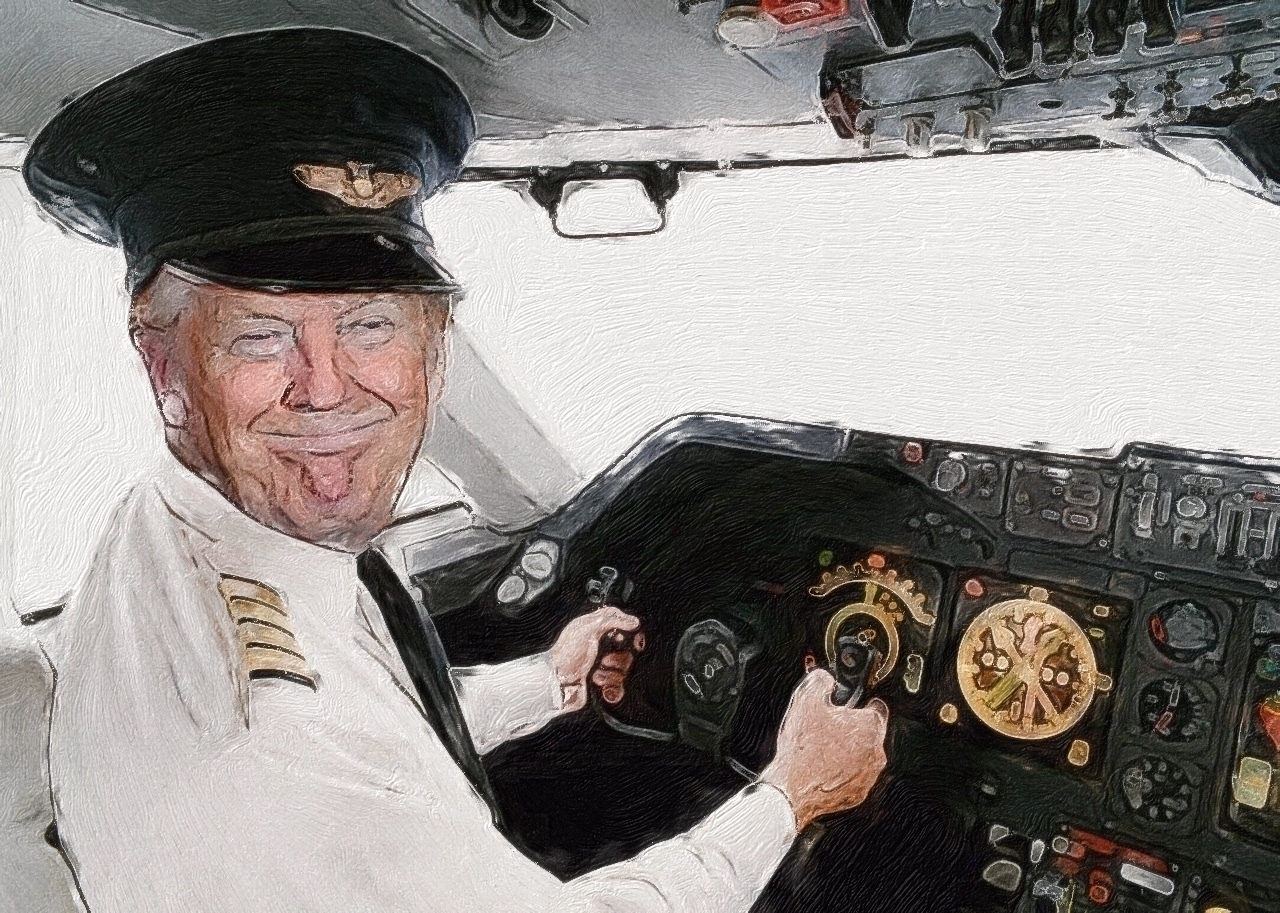
Of course the plane crashes. It was held aloft by norms and precedents. Say everyone survives the crash. Which group, the planites or the tribe, now possesses the most accurate view of what surrounds them?
Politically, societally, pick-your-ly … who among us has the most accurate view of what surrounds us today?
Well … I mean … you’re not wrong. We have a hell-of-a-lotta problems (and thanks for participating, couldn’t pull this off without ya) … problems requiring masterful weavers work together in fabricating solutions.
Let us, then, consider carefully whom we shall invite to sit down at our table … with which unique perspectives we shall be outfitted.
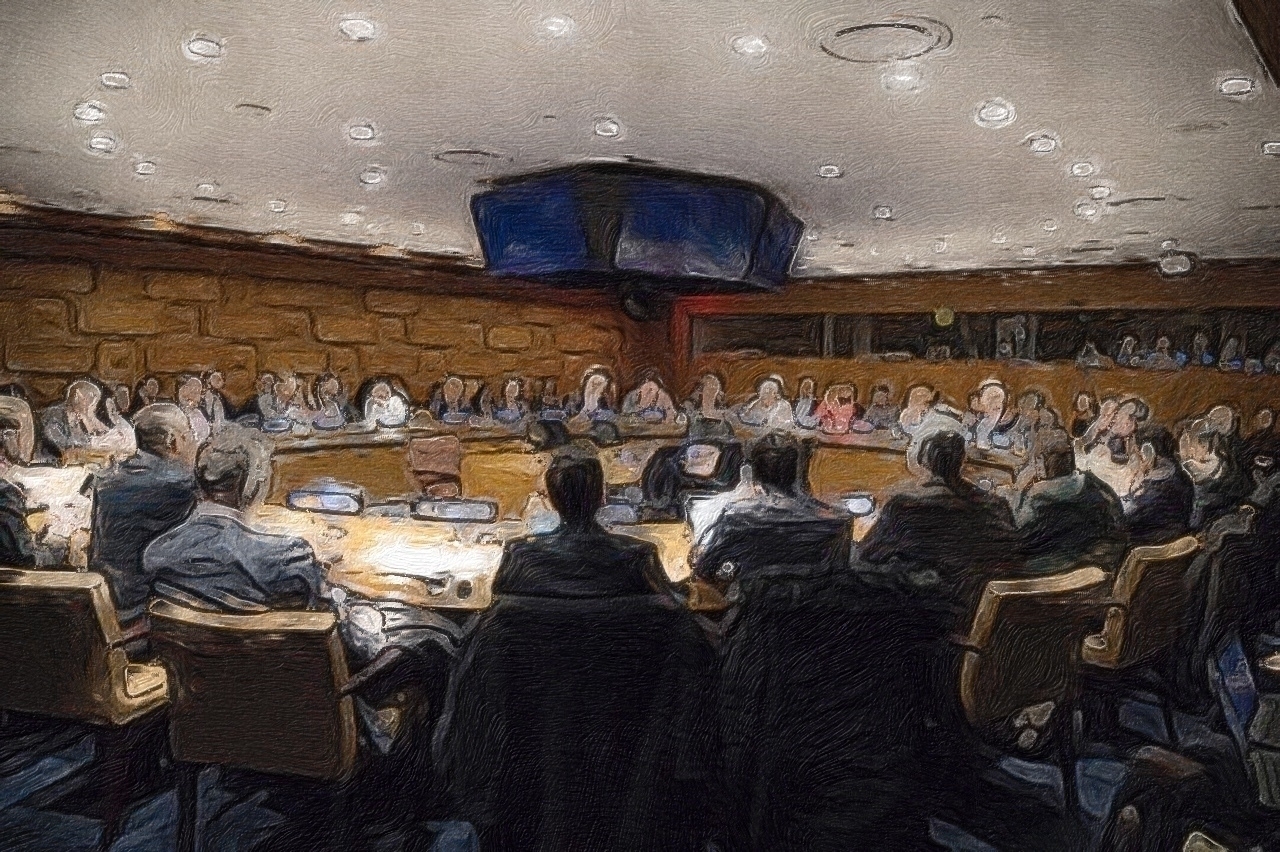
What might discrepant world-views or experience engender as we begin weaving? What might we see in the weft threads of our tapestry that we never knew was possible?